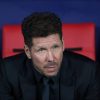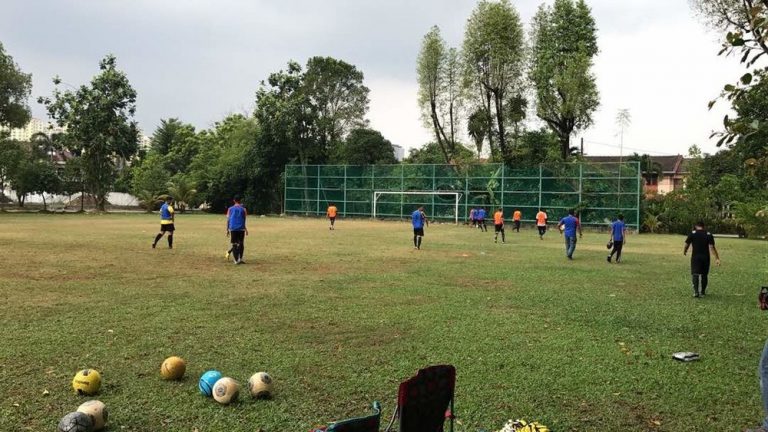
Born in the south east of Ireland, Simon put his life-long love of football to good use when he started a successful independent blog in 2010. That opened up an alternative route to a career in journalism, and having had work published across a number of sites and publications, Simon joined the staff at Spotlight Sports Group in 2018.
(Feature Image Credit: By Iklanmaju1988 (i made on my own) [GFDL (http://www.gnu.org/copyleft/fdl.html) or CC BY-SA 4.0 (https://creativecommons.org/licenses/by-sa/4.0)], via Wikimedia Commons)
In the latest entry in our Academy Analysis multi-part feature, we delve into the origins of the players making up the squads of World Cup Group F, containing Germany, Mexico, South Korea and Sweden.
In our analysis, we will trace each player’s career path back to its source, to find the youth systems and academies responsible for producing them.
Read Parts 1, 2, 3, 4 and 5 first using the links below:
Part 2 of our Academy Analysis, focusing on the teams in Group B: Iran, Morocco, Portugal and Spain.
GERMANY
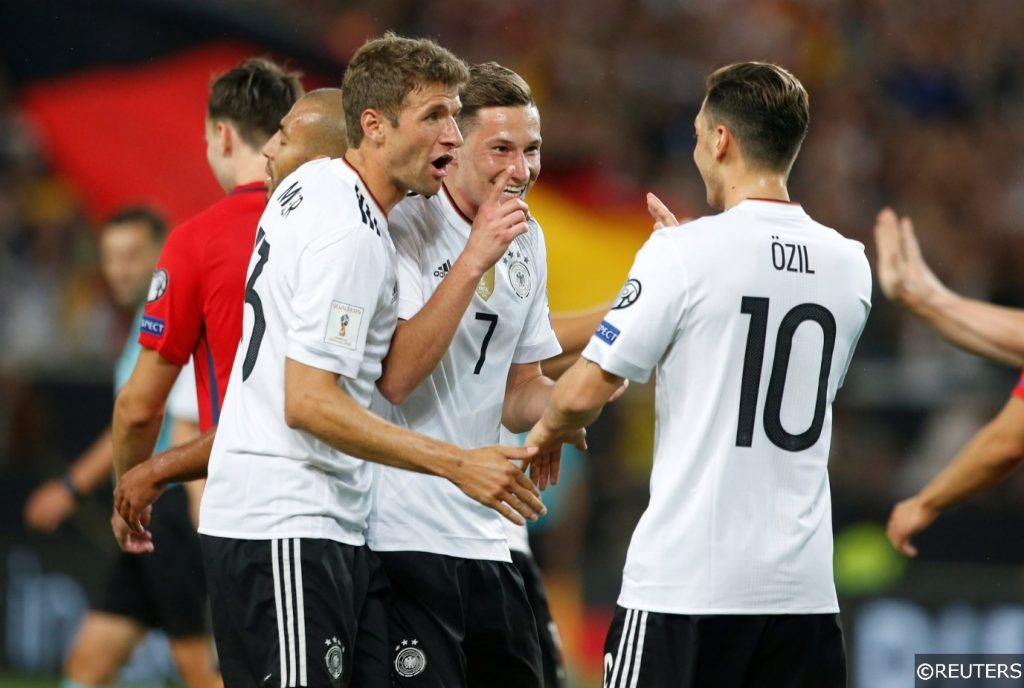
(Name of player – Name of club that produced them)
Manuel Neuer – Schalke 04
Marc-Ándre ter Stegen – Borussia Monchengladbach
Kevin Trapp – Kaiserslautern
Jérome Boateng – Tennis Borussia Berlin/Hertha BSC
Matthias Ginter – SV March/SC Freiburg
Jonas Hector – SV Auersmacher
Mats Hummels – Bayern Munich
Joshua Kimmich – Vfb Stuttgart
Marvin Plattenhardt – 1. FC Frickenhausen/1. FC Nurnberg
Antonio Rüdiger – Borussia Dortmund/Vfb Stuttgart
Niklas Sule – 1899 Hoffenheim
Julian Brandt – SC Borgfeld/Vfl Wolfsburg
Julian Draxler – Schalke 04
Leon Goretzka – Vfl Bochum
Ilkay Gundogan – SV Gelsenkirchen-Hessler 06/Vfl Bochum
Sami Khedira – Vfb Stuttgart
Toni Kroos – Hansa Rostock/Bayern Munich
Mesut Ozil – Rot-Weiss Essen/Schalke 04
Marco Reus – Borussia Dortmund/Rot Weiss Ahlen
Sebastian Rudy – FC Dietingen/Vfb Stuttgart
Mario Gomez – SV Unglingen/VfB Stuttgart
Thomas Muller – Bayern Munich
Timo Werner – Vfb Stuttgart
More:
Germany have been pioneers in youth development over the past decade, leading the way through continual innovation and modernisation. In the Baden-Württemberg city of Stuttgart, home of the high-class car manufacturer Mercedes-Benz, local club VfB have been consistently churning out plenty of top-end products of their own.
6 members of Joachim Löw’s World Cup squad came through the VfB Stuttgart academy and the quality of player produced there is even more remarkable than the quantity itself. Joshua Kimmich, Antonio Rüdiger, Sami Khedira and Timo Werner are all likely to make the starting XI for Germany this summer, with Mario Gomez and Sebastian Rudy expected to see minutes from the bench.
Stuttgart’s commitment to youth development was enhanced further with the opening of a new multi-million-euro training centre in 2015. The centre, built in the shadow of the Mercedes-Benz Arena where the first team play, has a 2,700m² complex with all the bells and whistles you’d expect to find at a top-class football club.
The Numbers:
VfB Stuttgart – 6
Schalke 04, Bayern Munich – 3
Borussia Dortmund – 2
Read More: Why was Leroy Sané left out of Germany’s squad?
MEXICO
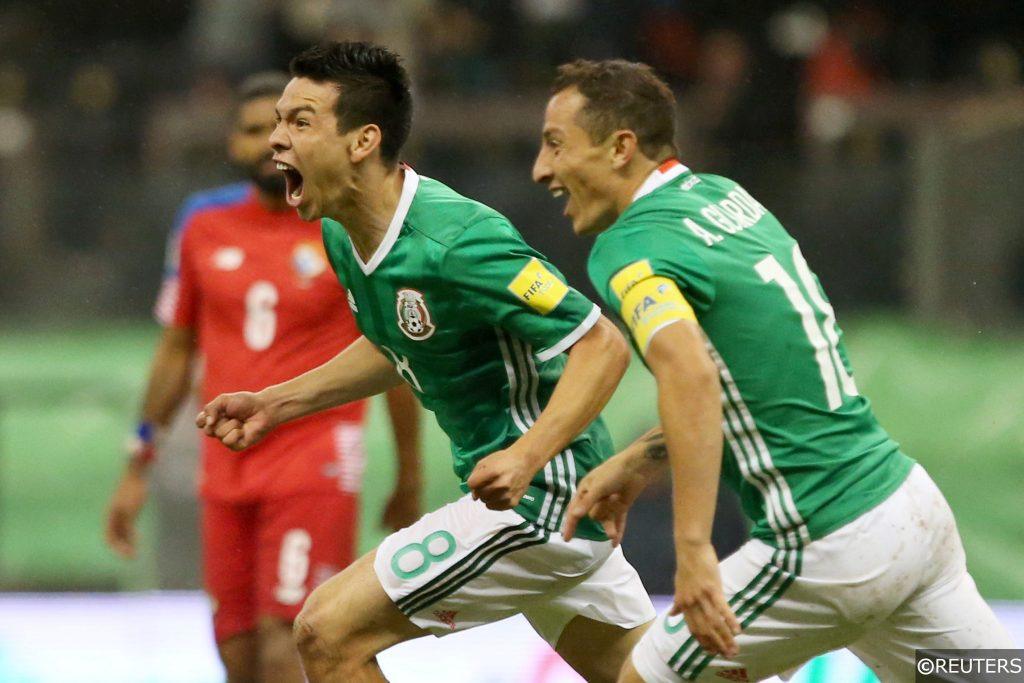
(Name of player – Name of club that produced them)
Guillermo Ochoa – America
José de Jesús Corona – Atlas
Alfredo Talavera – Guadalajara
Héctor Moreno – UNAM
Miguel Layún – Queretaro
Diego Antonio Reyes – America
Hugo Ayala – Atlas
Jesús Gallardo – UNAM
Carlos Salcedo – Guadalajara
Edson Álvarez – America
Andrés Guardado – Atlas
Marco Fabián – Guadalajara
Héctor Herrera – Pachuca
Rafael Márquez – Atlas
Jonathan dos Santos – Barcelona
Giovani dos Santos – Barcelona
Javier Aquino – Cruz Azul
Javier Hernández – Guadalajara
Carlos Vela – Guadalajara
Oribe Peralta – Morelia
Raúl Jiménez – America
Jesús Manuel Corona – Monterray
Hirving Lozano – Pachuca
More:
17 of Mexico’s 23-man World Cup squad were produced by just 6 clubs. Out on their own as the prime-supplier of current Mexican international talent however is Club Deportivo Guadalajara, better known as Chivas in their homeland. Chivas’ motivation for developing their own players is driven by their club policy of only fielding Mexicans in their first team.
They are the only Liga MX to operate in that way and while that sometimes leaves them at a disadvantage, Chivas have never deviated from their principles. 5 Chivas academy graduates made Mexican Manager Juan Carlos Osorio’s final selection for Russia.
Alfredo Talavera, Carlos Salcedo, Marco Fabián, Carlos Vela and Javier Hernández were all schooled the Chivas way, flourishing on the sun-bleached pitches of Jalisco. Chivas’ local rivals Club Atlas also have a well-established reputation for turning raw materials into finished products.
Affectionately known as “The Academy”, Atlas can count key Mexican players Rafael Marquez, José de Jesús Corona, Hugo Ayal and captain Andres Guardado among their alumni. Former full internationals and Mexican legends Jared Borgetti, Daniel Osorno and Pável Pardo also honed their skill as young players at Atlas.
Interestingly, Atlas are responsible for producing 3 of Mexico’s all-time top 5 appearance makers (Pável Pardo, Andres Guardado and Rafael Marquez).
The Numbers:
Guadalajara – 5
Atlas – 4
America – 3
UNAM, Pachuca, Barcelona – 2
Various – 1
Read More: Examining Mexico’s bid to break their last 16 curse
SOUTH KOREA
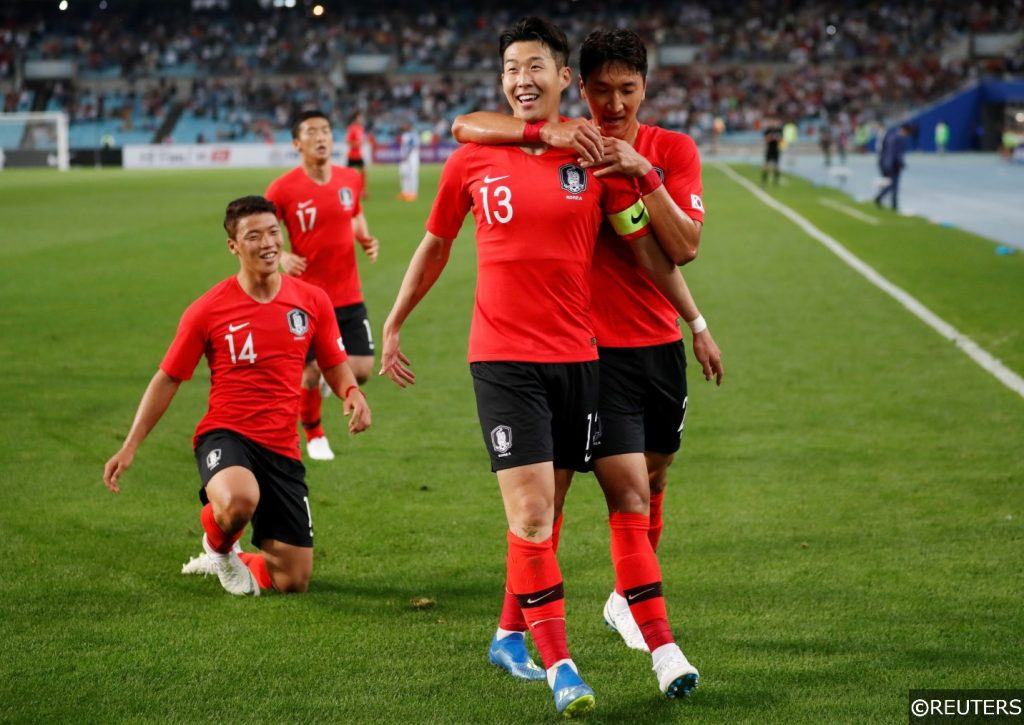
(Name of player – Name of club that produced them)
Kim Seung-gyu – Ulsan Hyundai
Kim Jin-hyeon – Dongguk University
Cho Hyun-woo – Sunmoon University
Kim Young-gwon – Jeonju University
Jang Hyun-soo – Yonsei University
Park Joo-ho – Soongsil University
Lee Yong – Chungyang University
Go Yo-han – FC Seoul
Kim Min-woo – Yonsei University
Hong Chul – Denkook University
Yun Young-sun – Dankook University
Jung Seung-hyun – Yonsei University
Oh Ban-suk – Konkuk University
Ki Sung-yueng – John Paul College
Koo Ja-cheol – Jeju United
Lee Jae-sung – Korea University
Jung Woo-young – Kyung Hee University
Ju Se-jong – Konkuk University
Lee Seung-woo – Barcelona
Moon Seon-min – Ostersunds FK
Son Heung-min – FC Seoul/Hamburger SV
Kim Shin-wook – Chungyang University
Hwang Hee-chan – Phang Steelers
More:
Youth development in South Korea is unique in that the majority of the players produced there come through the sports structures in schools and universities. 16 of Shin Tae-yong’s 23-man squad played on the football team of the university they studied in.
It’s worth noting that 11 of the 13 goalkeepers and defenders that Shin Tae-yong picked for South Korea were coached at university teams, while only 5 of the 10 midfielders and forwards he selected were schooled in that way. And they say educational institutions don’t stifle creativity…….
There are no stand-out centres of excellence in terms of player production in South Korea, though Yonsei University, Konkuk University, Chungyang University all have 2 former graduates each going to the World Cup.
One of the more interesting players in the squad is Lee Seung-woo, who was signed by Catalan giants Barcelona as a 12-year old in 2011. The midfielder played at Barca’s world renowned La Masia academy for six seasons before joining Verona in Italy last year. When Lee was named in South Korea’s preliminary squad for the World Cup, it was the first time he had received a senior call up.
The Numbers:
Yonsei University, Konkuk University, Chungyang University – 2
Various – 1
Read More: 10 of The Strangest Stories in World Cup History
SWEDEN
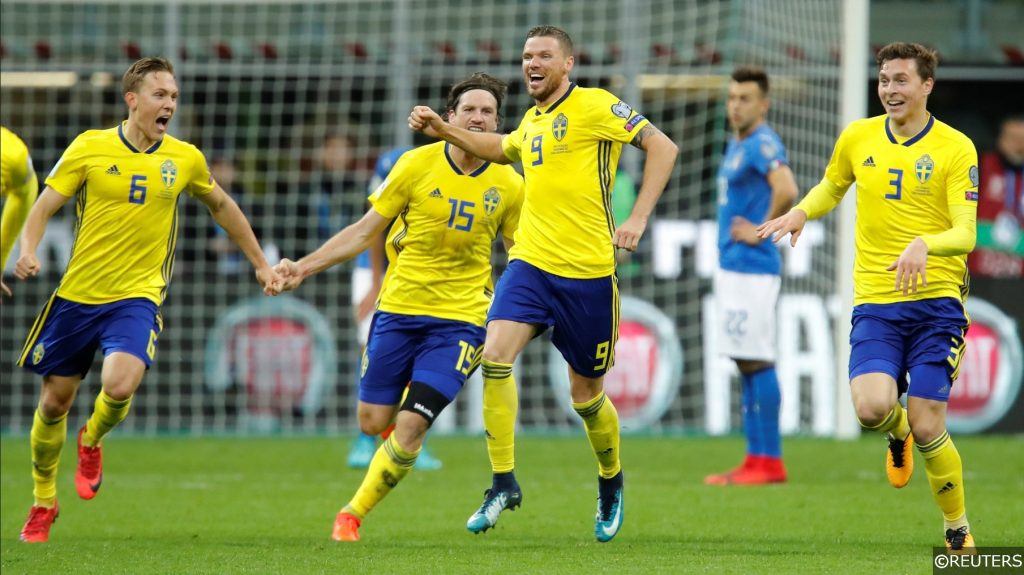
(Name of player – Name of club that produced them)
Robin Olsen – Malmo
Karl-Johan Johnsson – Halmstads BK
Kristoffer Nordfeldt – Brommapojkarna
Mikael Lustig – Sandakerns SK
Victor Lindelöf – Vasteras SK/Benfica
Andreas Granqvist – Helsingborgs IF
Martin Olsson – Hogaborgs BK/Blackburn Rovers
Ludwig Augustinsson – Brommapojkarna
Filip Helander – Malmo
Emil Krafth – Lagans AK
Pontus Jansson – Malmo
Sebastian Larsson – IFK Eskilstuna/Arsenal
Albin Ekdal – Brommapojkarna
Emil Forsberg – GIF Sundsvall
Gustav Svensson – IFK Goteborg
Oscar Hiljemark – IF Elfsborg
Viktor Claesson – IFK Varnamo
Marcus Rohdén – IF Elfsborg
Jimmy Durmaz – BK Forward
More:
Based in the Western parts of the Swedish capital Stockholm, IF Brommapojkarna have achieved little in the way of domestic success in their homeland. Since the club was founded in 1942, BP have never won the Allsvenskan, the top league in Sweden’s football pyramid.
But while the chase for silverware often feels like a futile pursuit for Brommapojkarna, they have instead achieved fame though their remarkably productive youth system. With around 250 teams and 3,000 players in their youth ranks at any one time, Bromma’s underage structure is the largest in Europe.
Current senior internationals Kristoffer Nordfeldt, Ludwig Augustinsson, Albin Ekdal and John Guidetti all fought their way through the masses to become professionals at the club. As recently as 2017, Brommapojkarna’s academy was ranked as the top academy in Sweden during the Tipselit Certification process.
The Numbers:
Brommapojkarna – 4
Malmo – 3
IFK Goteborg, IF Elfsborg – 2
Read More: The Biggest Names Not Going to Russia
Follow Free Super Tips on Twitter to stay up to date with our daily tips and predictions or browse more football content on our website:

